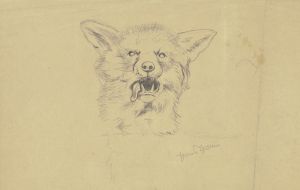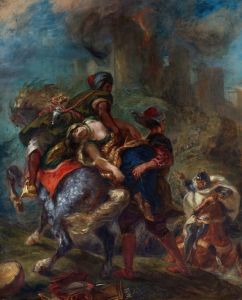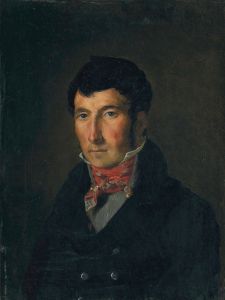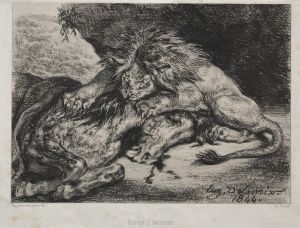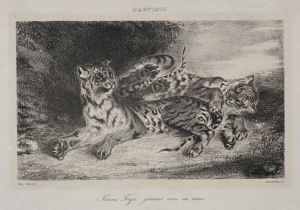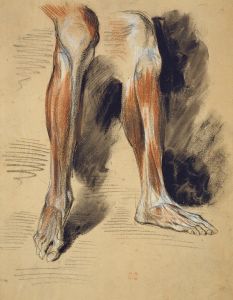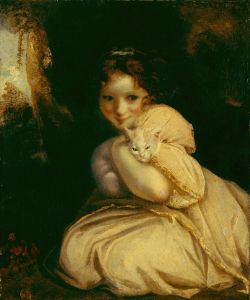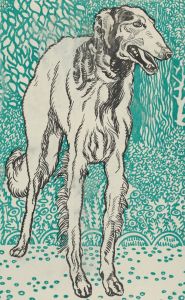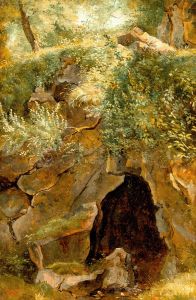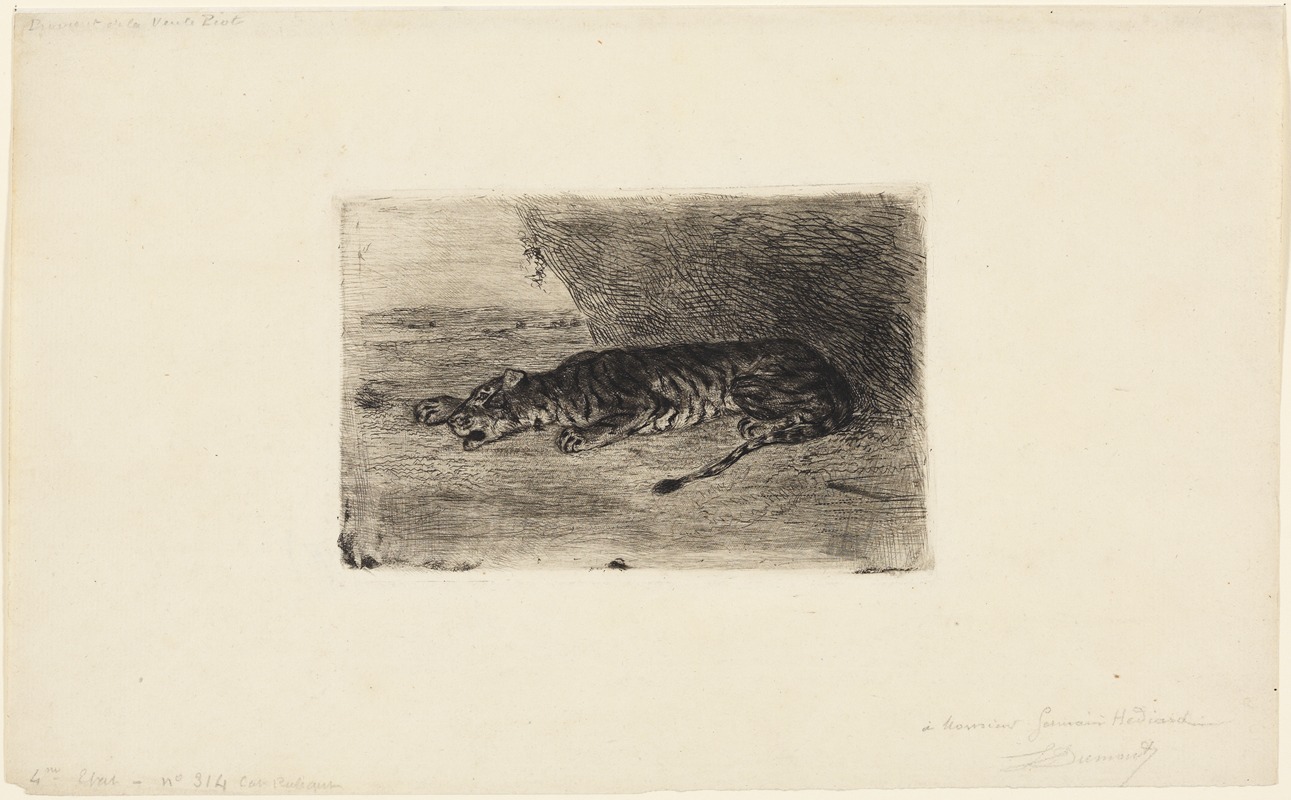
Liegender Tiger am Eingang seiner Höhle
A hand-painted replica of Eugène Delacroix’s masterpiece Liegender Tiger am Eingang seiner Höhle, meticulously crafted by professional artists to capture the true essence of the original. Each piece is created with museum-quality canvas and rare mineral pigments, carefully painted by experienced artists with delicate brushstrokes and rich, layered colors to perfectly recreate the texture of the original artwork. Unlike machine-printed reproductions, this hand-painted version brings the painting to life, infused with the artist’s emotions and skill in every stroke. Whether for personal collection or home decoration, it instantly elevates the artistic atmosphere of any space.
Eugène Delacroix, a leading figure of the French Romantic movement, is renowned for his expressive brushwork and vibrant use of color. Among his extensive body of work, "Liegender Tiger am Eingang seiner Höhle" (Reclining Tiger at the Entrance of its Lair) stands out as a testament to his fascination with the natural world and his ability to capture the essence of animal life.
Delacroix was born on April 26, 1798, in Charenton-Saint-Maurice, Île-de-France, and he became one of the most influential artists of the 19th century. His work often depicted dramatic and exotic subjects, and he was known for his ability to convey movement and emotion through his paintings. Delacroix's interest in animals, particularly big cats, is evident in several of his works, where he explored their form and movement with a keen eye for detail.
"Liegender Tiger am Eingang seiner Höhle" is a painting that exemplifies Delacroix's skill in portraying animals with a sense of realism and vitality. The painting features a tiger reclining at the entrance of its lair, capturing a moment of rest and watchfulness. Delacroix's use of color and light in this piece highlights the tiger's powerful physique and the texture of its fur, while the surrounding environment is rendered with a sense of depth and atmosphere.
Delacroix's interest in depicting animals was partly influenced by his visits to the Jardin des Plantes in Paris, where he had the opportunity to observe exotic animals up close. These visits provided him with the inspiration and reference material needed to create accurate and dynamic representations of animals in his art. His sketches and studies from these visits often served as the basis for his larger compositions.
The painting reflects Delacroix's Romantic sensibilities, emphasizing the beauty and majesty of the natural world. The tiger, a symbol of strength and grace, is portrayed with a sense of dignity and presence, embodying the Romantic fascination with the sublime and the exotic. Delacroix's ability to convey the character and spirit of the tiger is a testament to his mastery of the Romantic style and his deep appreciation for the natural world.
Throughout his career, Delacroix's work was characterized by a bold use of color and a dynamic composition, both of which are evident in "Liegender Tiger am Eingang seiner Höhle." His innovative approach to painting influenced many later artists, including the Impressionists, who admired his ability to capture light and movement.
Delacroix's legacy as a painter is marked by his ability to convey emotion and drama through his art. "Liegender Tiger am Eingang seiner Höhle" is a prime example of his skill in depicting the natural world with both accuracy and artistic flair. The painting remains a significant work within Delacroix's oeuvre, illustrating his enduring fascination with the beauty and power of the animal kingdom.
Eugène Delacroix passed away on August 13, 1863, in Paris, leaving behind a rich legacy of art that continues to inspire and captivate audiences worldwide. His contributions to the Romantic movement and his innovative approach to painting have cemented his place as one of the most important artists of his time.





